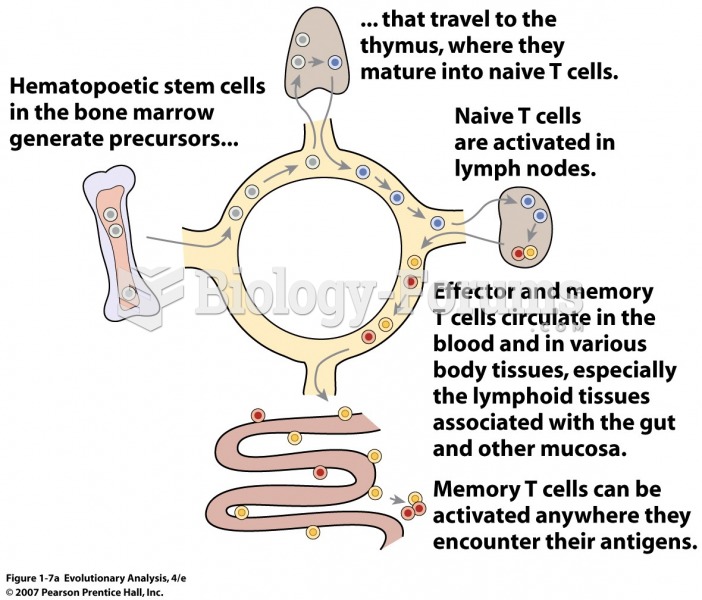|
|
|
Did you know?
There are more sensory neurons in the tongue than in any other part of the body.
Did you know?
If you could remove all of your skin, it would weigh up to 5 pounds.
Did you know?
The people with the highest levels of LDL are Mexican American males and non-Hispanic black females.
Did you know?
Increased intake of vitamin D has been shown to reduce fractures up to 25% in older people.
Did you know?
Critical care patients are twice as likely to receive the wrong medication. Of these errors, 20% are life-threatening, and 42% require additional life-sustaining treatments.







